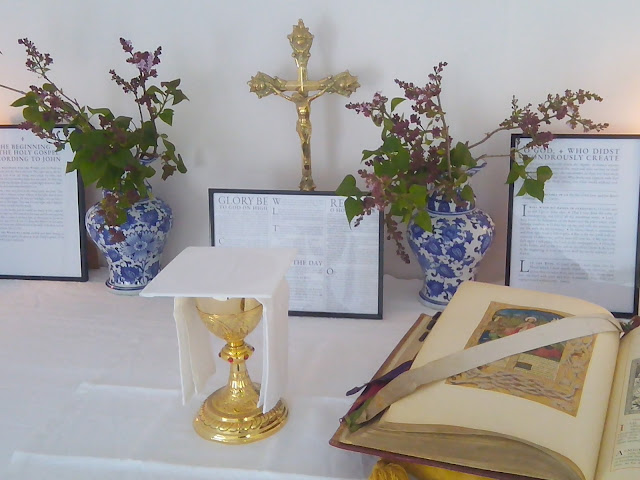Saulieu
Saulieu
The basilica of St Andoche at Saulieu (Côte d'Or) has some English mediaeval connections. Though sacked by the Saracens in the 8th century, the basilica was subsequently rebuilt and added to, and took the form seen today substantially in the 12th c. In his Description générale et particulière du duché de Bourgogne, the great 18th c historian of Burgundy, the Abbé Claude Courtépée, himself a native of Saulieu, describes the visit of the French Pope Callixtus II to Saulieu in December 1119, when he apparently presided over the translation of the relics of St Andoche. Courtépée says that the pope was accompanied by an "archevêque anglais." Curious to find out which archbishop exactly, I discover a whole story lies behind Courtépée's comment.
The Archbishop of Canterbury at the time was Ralph d'Escures, originally from Normandy. He spent his archiepiscopal career asserting the rights of the see of Canterbury both against Rome and over the other English province of York. So he opposed the appointment of another native of Normandy, Thurstan, as Archbishop of York in 1114, refusing to consecrate him unless Thurstan publicly professed obedience to Canterbury. So Thurstan, who was not even in major orders at the time of his appointment, was hurriedly ordained deacon and priest by the Bishop of Durham, but remained as unconsecrated Archbishop-elect of York for five more years, while King Henry I, Archbishop Ralph and two successive popes, Pascal II and Gelasius II, argued over the matter.
Pope Gelasius II, who had been embroiled in a long-running dispute with the Holy Roman Emperor, as well as King Henry I of England, fled from Rome to the abbey of Cluny in Burgundy, and died there on 29th January 1119. The conclave was held there and then, nine cardinals being present in the papal entourage, and it elected Guy of Burgundy, Archbishop of Vienne, as Pope Callixtus II, on 2nd February. (Callixtus was a son of the Count of Burgundy, that is, modern day Franche-Comté, not from Ducal (today's) Burgundy.)
The new pope was in favour of Thurstan becoming archbishop without professing obedience to Canterbury, and evidently the thought of this was just too much for Archbishop Ralph to bear, as he suffered a stroke immediately after celebrating Mass in July 1119, and never recovered, lingering on until his death in 1122, after which he was buried in Canterbury Cathedral. Thurstan meanwhile hot-footed it to France, where he was consecrated by Pope Callixtus at Reims in October 1119. Knowing King Henry would be mighty irked by this, in the fashion of Norman monarchs, Thurstan thought it wise to stay in France for a while until things calmed down, and so it was he who travelled with the pope, accompanying him on his visit to Saulieu in December 1119, and also to see Adela of Blois, Henry I's sister.
Adela (mother of the future King Stephen) was just on the point of becoming a nun at Marcigny (in 1120), not far from her son Henry of Blois (future Bishop of Winchester), who was already a monk at Cluny Abbey. She it was who managed to persuade her brother King Henry I to accept Thurstan back in England as Archbishop of York, without him needing to swear obedience to Canterbury (the threat of excommunication and interdict by Pope Callixtus may have sped that process too), and so Archbishop Thurstan was able to return and take up the reins of his see. Interestingly, just before his death, Thurstan retired from his archbishopric and took the habit of a Cluniac monk, dying at their house in Pontefract.
So there is the rather complex link between Saulieu and 12th century England. There was a further English connection, in that during the Hundred Years War, Saulieu was besieged by "les anglais," who sacked the town and burned the basilica, destroying the east end, so that today only the nave remains of the 12th century building. The nave was built under the influence of the great abbey church of Cluny as it was in the early 12th c (known as Cluny III), and boasts a set of remarkable surviving carved capitals believed to date from the 1120s -1140s.





.png)
